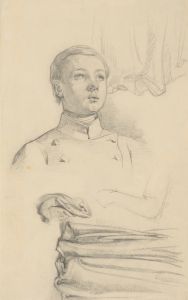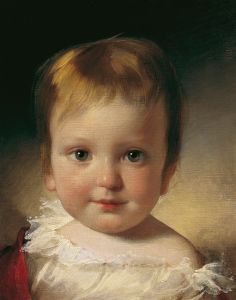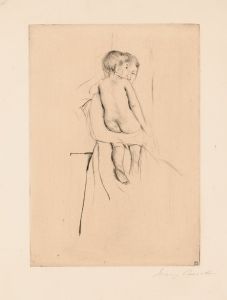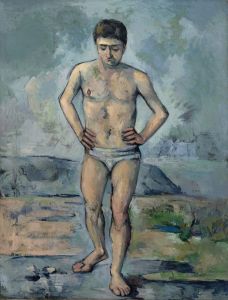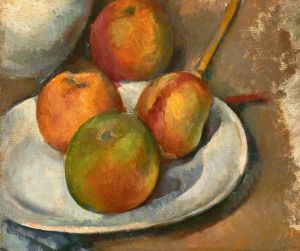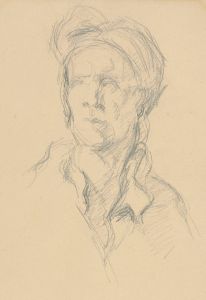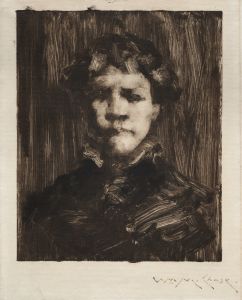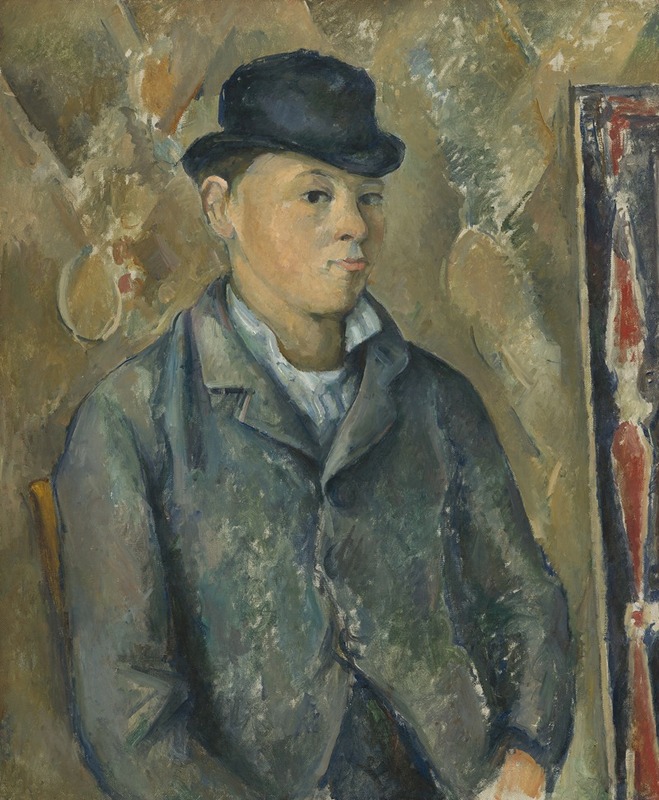
The Artist’s Son
A hand-painted replica of Paul Cézanne’s masterpiece The Artist’s Son, meticulously crafted by professional artists to capture the true essence of the original. Each piece is created with museum-quality canvas and rare mineral pigments, carefully painted by experienced artists with delicate brushstrokes and rich, layered colors to perfectly recreate the texture of the original artwork. Unlike machine-printed reproductions, this hand-painted version brings the painting to life, infused with the artist’s emotions and skill in every stroke. Whether for personal collection or home decoration, it instantly elevates the artistic atmosphere of any space.
Paul Cézanne, a pivotal figure in the transition from 19th-century Impressionism to 20th-century Cubism, is renowned for his unique approach to form and color. Among his numerous works, "The Artist’s Son" is a notable piece that reflects his personal life and artistic evolution. This painting is a portrait of Cézanne's son, Paul Cézanne Jr., and is an example of the artist's exploration of familial themes and intimate subject matter.
Cézanne was born in Aix-en-Provence, France, in 1839, and his artistic career spanned several decades, during which he developed a distinctive style characterized by a methodical approach to building form with color and brushstroke. His work laid the groundwork for the emergence of modern art in the 20th century, influencing artists such as Pablo Picasso and Henri Matisse.
"The Artist’s Son" captures Cézanne's son at a young age, and it is believed to have been painted in the late 19th century. The painting is a testament to Cézanne's deep affection for his family, as well as his commitment to capturing the essence of his subjects through his innovative techniques. In this portrait, Cézanne employs his characteristic brushwork and a palette that emphasizes subtle tonal variations, which together create a sense of depth and volume.
Cézanne's approach to portraiture was often marked by a focus on the structural aspects of the human form. In "The Artist’s Son," he uses a series of carefully placed brushstrokes to construct the image, allowing the viewer to perceive the underlying geometry of the composition. This method reflects Cézanne's broader artistic philosophy, which sought to depict the natural world in a way that emphasized its underlying order and harmony.
The painting also demonstrates Cézanne's use of color to convey mood and character. The subdued tones and gentle contrasts in "The Artist’s Son" contribute to a serene and contemplative atmosphere, inviting the viewer to engage with the subject on a personal level. This use of color is a hallmark of Cézanne's work, as he often employed a limited palette to achieve a sense of unity and coherence in his compositions.
Cézanne's relationship with his son was an important aspect of his personal life, and this is reflected in the tenderness and attention to detail evident in the painting. The portrait not only serves as a representation of his son but also as an exploration of the emotional bonds that connect family members. Through this work, Cézanne offers a glimpse into his private world, revealing the human side of an artist often perceived as solitary and introspective.
"The Artist’s Son" is part of a broader body of work that includes numerous portraits of family members and close friends. These works collectively highlight Cézanne's interest in the human figure and his desire to capture the complexity of human relationships. Today, Cézanne is celebrated as a master of modern art, and his portraits, including "The Artist’s Son," continue to be studied for their innovative techniques and profound emotional depth.
In summary, "The Artist’s Son" by Paul Cézanne is a significant work that exemplifies the artist's mastery of form, color, and composition. It stands as a testament to his enduring influence on the art world and his ability to convey the intricacies of human emotion through the medium of paint.





